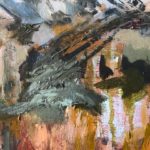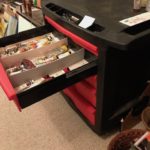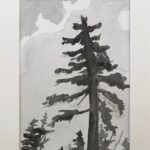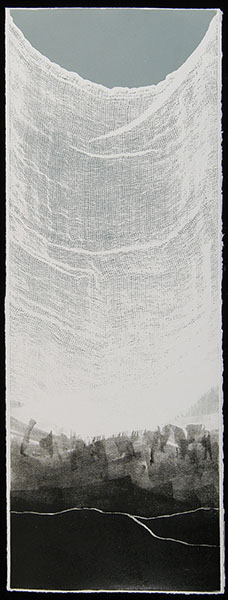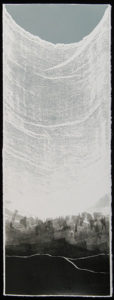“May you live in interesting times” Are we there yet? What is ironic is that the assumed source of this quoted adage is said to be an ancient Chinese casting, clothed in kindness, while actually a curse. But checking it out, there’s less evidence about the true origin of this statement than there is about the origin of the coronavirus. Nonetheless, I’ll use it as a prompt. In fact, I’m changing that curse from living in to living through.
To start with, there is a huge difference between interesting and frightening. We’re each living on the edge of that difference; and sorting it out in the disruptions. Much more, living through interesting times is one thing, understanding them another and lies abound all around the globe. Check out your sources. Be sure of what it is you are trusting. Just two days ago I shared something I thought reliable on facebook only to have it exposed as an internet meme. I left it up as an object lesson for myself and for friends. For a better historical example I think of the sons of Issachar, and the Persian King in the time of Esther. We have some wiser ones around us now. Pay attention to those who demonstrate trustworthiness; the evidence of their track record is entirely informative. In Moses’ Israel, anyone who claimed to be a “prophet” needed to prove 100% accuracy. That would rule out a huge percentage of our talking heads. Not one of them knows the future. Not one who is mortal.
People who know me say I have a calm spirit! That’s been said several times and it always surprises me, for I know all the rumblings going on inside. Gratified by their perceptions, I say I have an informed spirit, layered by years of looking into things that are surer than fear. Do I fear? As sure as I’m born, and still breathing here; I do. But, I don’t like stuck-ness. I don’t like being paralyzed and that’s all that unhealthy fear does. So, understand that fear is necessary, but it can quickly become a paralyzer. Fear is simply an internal reaction to fear-full type things. It’s natural, and it needs respect and investigation. We stop and consider when alerted by fear, which is a great protection. But when we stay in any position of fear-full retreat we become dumb like turtles. And the internal rumblings multiply exponentially inside us more than the number of virus cases outside.
We’re in a season now, a revealing one for those paying attention, where people who are trustworthy have something that others see they want. The cream rises to the top. If you’re alert, you’re already seeing it where you live. For people like me have found an inexhaustible resource in the One who gives many reasons why “fear not” is even a possibility. There is someone better to fear and to respect. I direct my thoughts to Him in true gratitude. Curious? Do a google search for every time those words “fear not” are said in the Bible and observe, like your life depended on it, for the reasons given why. Or just read this Psalm portion with mindfulness.
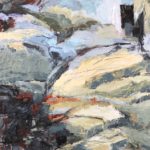
So, I am working. And what is coming off my hands is informed by what I’m focusing on. Bayles and Orland, in their helpful handbook Art and Fear say “Basically those who continue to make art are those who have learned how to continue—or more precisely, have learned not to quit.” I have some good reasons to keep on alertly. And, some increasingly good results. This is titled “Laodicea and the Dragnet”.


